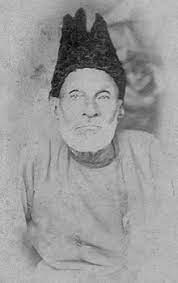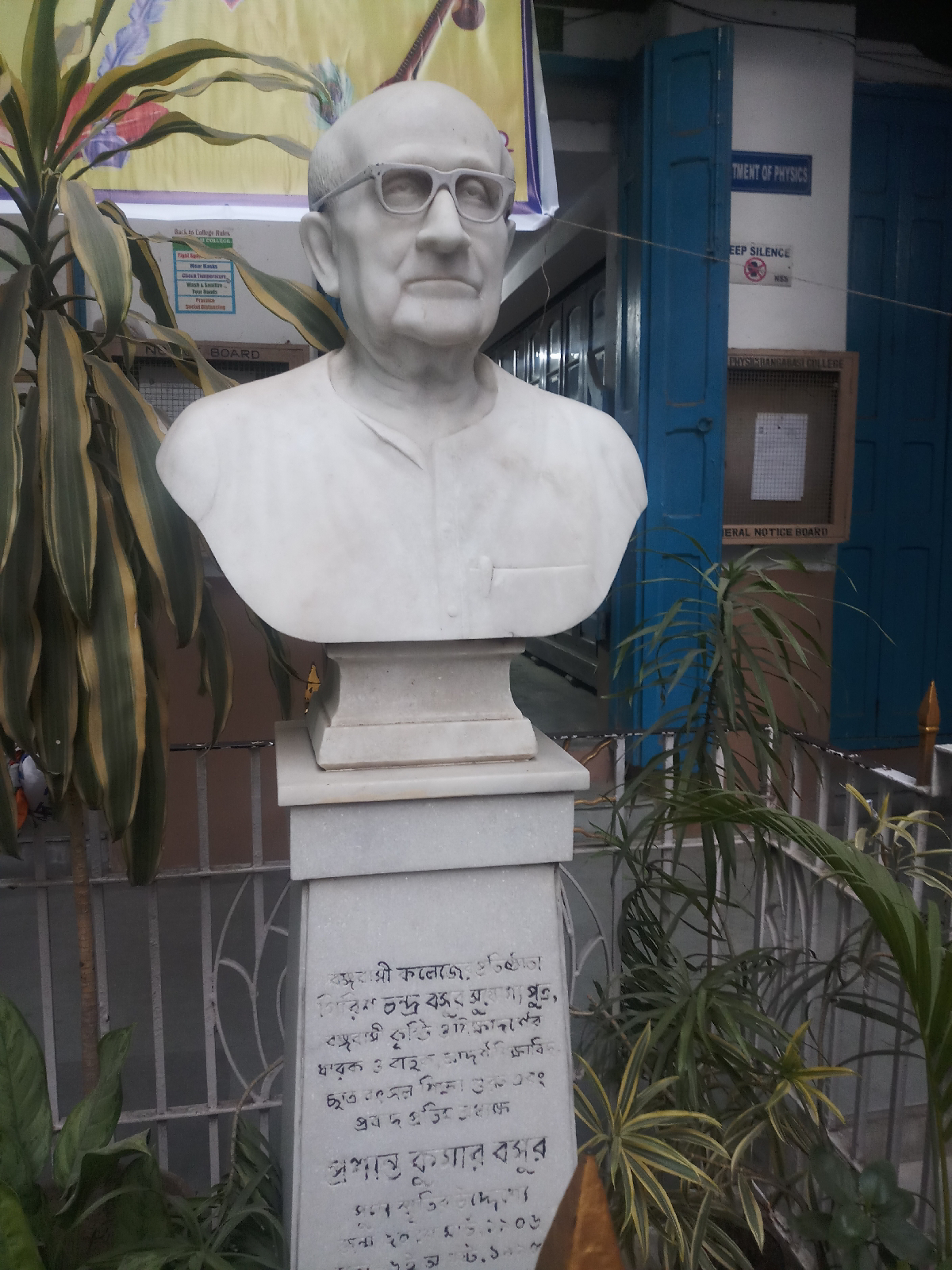DURGA PUJO CHRONICLES
Patachitra form of worship was prevalent in the geo-cultural territories of Odisha Rarh Bengal- Birbhum and Bankura, though clay idol worship is fast replacing this tradition. Three types of traditional paintings are associated with rural Bengal namely, alpona, patachitra (mythological narratives) and wooden dolls (kather putul). Terracota sara pat (round) and chouko pat (square) are used for daily worship or as decor items in traditional households. Patachitra is also referred to as Kalighat painting art form which normally depicts Gods and Goddesses or satirical babu cultures and is a part of Bengal’s religious and ritualistic needs.
Traversing the religious trail of Bengal, one reaches Hasterandi, a quaint village in Birbhum (50 Km from Shantiniketan) where human settlement is said to date back to times of Mohejodaro civilisation. Aproximately a 4 hour drive from Kolkata the place has several terracotta temples. About 50 families in Bengal are still worshipping with patachitra of which 7 families are in Hasterandi itself namely Chattopadhyay bari, Mukhopadhyay bari, Ray bari, Ghosh bari, Pal bari, two Mondol bari. Durga pot or Durga sara is recognised as the worshiped patachitra. It worshiped in the Hatsarandi Sutradhar society of Birbhum district on Durga puja time. This type of patachitra is also worshiped is Katwa. Durga Pot has a hemispherical Patachitra where Patachitra of Durga is in the middle position. Ram, Sita, Shib, Nandi-Vringi, Brahma, Vishnu, Shumbha-Nishumbha are painted on this kind of Chalchitra. Krishnanager Rajrajeshwari Durga is seen to be uniquely noticed. In the middle of the Chalchitra, there is Panchanan Shib and Parvati is beside him, on one side there is Dasha-mahabidya and the other side, there is Dashabatar.














Thank you Smita, a very well researched piece. Please keep them coming.
ReplyDeleteI love your cultural pieces..informative and engaging
ReplyDeleteThanks a lot!
DeleteExcellent piece of information... Awesome
ReplyDelete